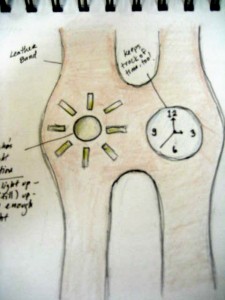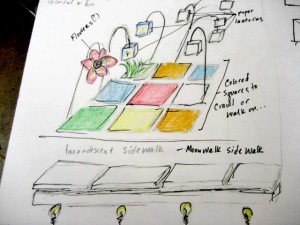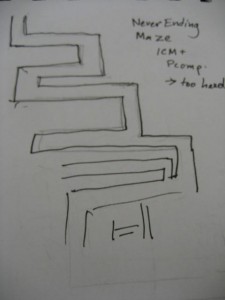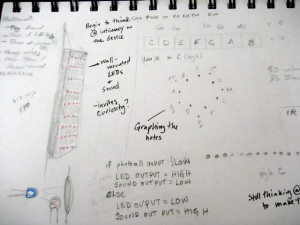December 1-4, 2009, I attended the MEX 09 conference, held in London, UK. I attended the conference on a scholarship I received from the conference organizers. Flight and accommodation were not included, but thankfully a friend of the family allowed me to stay in her flat. There were presentations over 2 days, but I only have time to write about 2 now. I’ll update more from my notes at a later date.
Sofia Svanteson of Ocean Observations gave a talk on incorporating creativity into your design team. At one point, she asked: “What’s more important? A great idea or a great team?” Answer: “A great team. A mediocre team will kill a great idea, but a great team will save a mediocre idea.” Other points she brought up:
- Pixar’s operating principles:
- everyone has the freedom to communicate with everyone
- make it safe for all to offer ideas
- stay close to innovations in academia
- Design process need a mix of culture, people and ideas. If it were all about the process, we could all be Apple.
- Use the same vocabulary: for instance, go so far as to make a dictionary of terms. As an example, she discussed the ever contentious UX/IA/ID/UxD/IxD etc, terms used to describe pretty much the same job.
- Be candid but critique with empathy. Remember, ideas are fragile.
- Finally, she mentioned The Idea Book, by Fredrik Haren.
Sofia also got everyone bringing up the question: What would Jason (Bourne) do? Her reference is meant to link the skills that Jason Bourne has in noticing many details of his surroundings that would also be similar to designing for the mobile user experience.
Dr. Chris Roas of Sheffield Hallan University discussed user-testing in multiple platforms. Some of his pointers:
- Remember, you’ll never be able to test all possible platform combinations.
- This is about understanding users; it’s less traditional, in terms of user testing and usability
In experience design, it’s important to keep in mind if you’re designing for an experience or the experience. AN experience, is something that might change your world view, such as your first trip to Africa. THE experience is something with tacit awareness, like going to work.
He quoted this paper, presented at CHI 09: “User experience over time: an initial framework”, by Evangelos Karapanos, John Zimmerman, Jodi Forlizzi, Jean-Bernard Martens. Here’s a quote from the abstract: “This paper presents an in-depth, five-week ethnographic study that followed 6 individuals during an actual purchase of the Apple iPhone™.” Looks like a good read, actually.
Challenges: Use a provocative situation and embrace the challenges. Reduce any major experience effects, which will help provide a good basis for feedback. For your testing, put randomized tasks all around the building.
And seek stories – what would Jason do?
Michael V. Roeder of Iconmobile, discussed Cloud Computing
He gave a few example of such services: photoshop.com, dropbox.com, Vodaphone 360. He described Cloud computing as an integration of several services with users going to each one individually.
The Cloud User’s Hierarchy of Needs, include:
- Bandwidth
- Storage
- Acces
- Interface
- Context
- Omni Cloud



